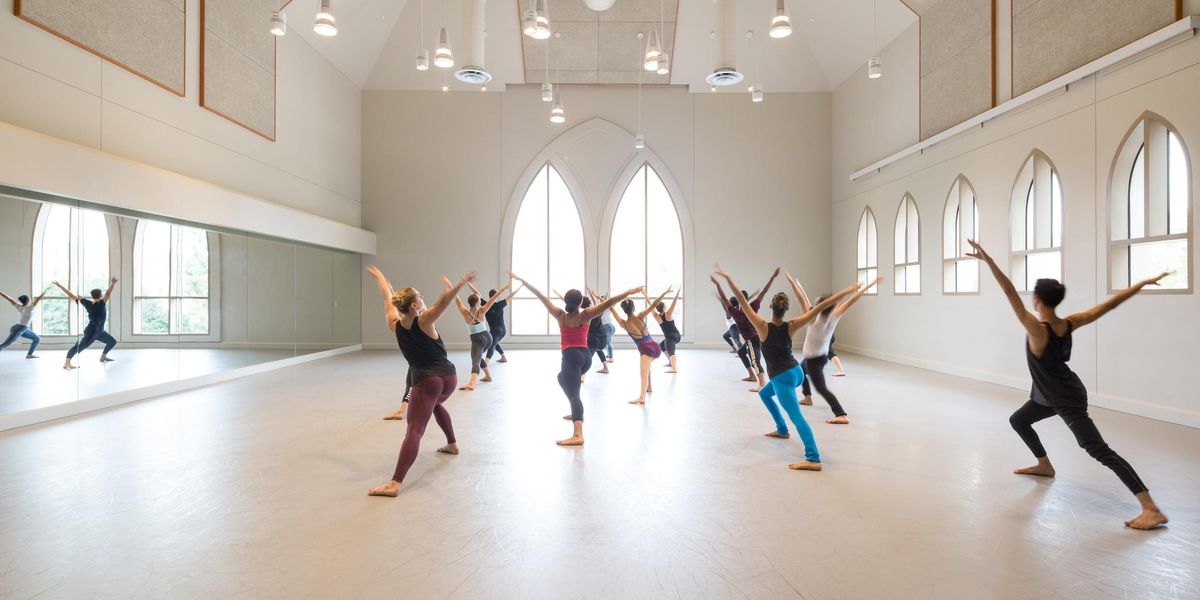Two Americans in Paris: William Forsythe and Trisha Brown
What a great idea for Paris Opéra Ballet to put works by William Forsythe and Trisha Brown side by side in one program! All four pieces that I saw yesterday at the Palais Garnier —three by him and one by her—had been commissioned by POB in the past.
These two giants of contemporary dance are opposites in some ways. Forsythe’s work tends to be brash and go-get-em while Brown’s recent pieces are quiet and gentle. With Forsythe, your eye can zigzag all over the stage, and with Brown’s O Zlozony/ O Composite (2004), you concentrate on one thing at time. When the cast of three dances together, they create a twilight reverie of floating figures, while much of his work has an anarchic, take-no-prisoners punch.
What Forsythe and Brown have in common, though, is that they have each developed a completely new and hugely influential language of the body. His takes the lines of ballet and extends them to extremes. Hers takes task-like motions and builds inventive movement from collapsible or whipping limbs. Many young dancemakers today have been influenced by one or both of them.
Forsythe’s In the Middle Somewhat Elevated (1987) is now a classic of post-Balanchine ballet. In yesterday’s rendition, the three leads—Alice Renavand, Audric Bezard, and Aurélia Bellet—really tore into it. But some of the other dancers were too well bred to sink their teeth into that kind of physical defiance. In Forsythe’s cool and chilling Woundwork 1 (1999), Marie-Agnès Gillot seemed born for the Forsythe idiom: Her long, strong body luxuriously moved through with both power and sensuality. This quartet is on the light side (the stage is sort of a massive light box, perhaps anticipating the design for Wayne McGregor’s acclaimed Chroma) and less of a rush (meant in both ways) than In the Middle.
Forsythe’s third piece, titled Pas./Parts (thus joining my secret list of Punctuation Amok titles) spreads across the stage with the same kind of clarity of his Second Detail but with slightly less of an impact. Still, the sharpness of going from a springing entrechat-quatre to an undulating torso is breathtaking. And a couple of the men had fabulous solos.
Sometimes it seems that European and U.S. companies are worlds apart when it comes to their taste in choreographers. So, I say. Kudos to Paris Opera Ballet for honoring these two American trailblazers.




